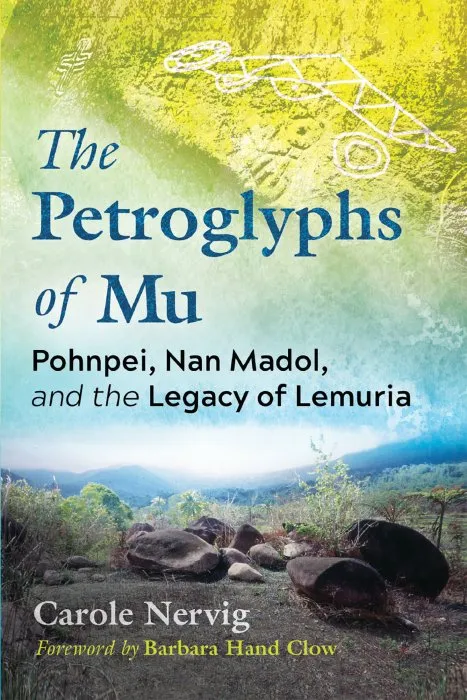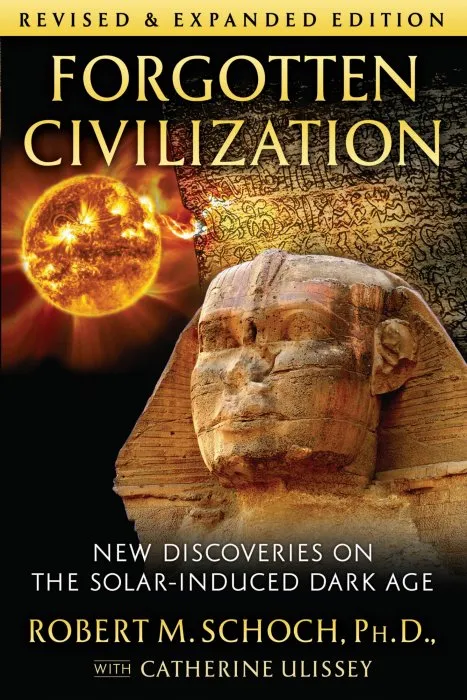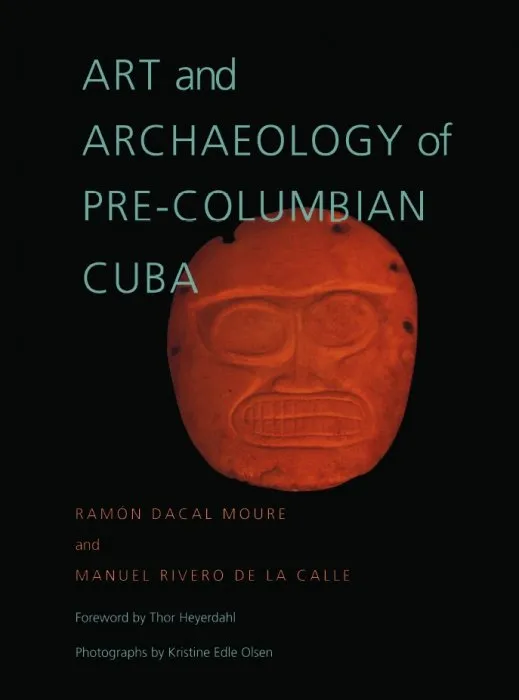The Petroglyphs of Mu: Pohnpei, Nan Madol, and the Legacy of Lemuria

Date: August 9th, 2022
ISBN: 1591434475
Language: English
Number of pages: 368 pages
Format: EPUB
Add favorites
• Shows how the archetypal symbols of the Pohnpaid petroglyphs have exact counterparts in other ancient cultures throughout the world
• Provides evidence that Pohnpaid is closely related to—yet predates—neighboring Nan Madol
• Includes hundreds of Pohnpaid petroglyphs and stone circle photos, many never before seen
While residing on the small Pacific island of Pohnpei in the 1990s, Carole Nervig discovered that a recent brush fire had exposed hundreds of previously unknown petroglyphs carved on gigantic boulders. This portion of the megalithic site called Pohnpaid was unknown even to Pohnpei's state historic preservation officer. The petroglyphs were unlike others from Oceania, so Nervig began investigating and comparing them with petroglyphs and symbols from around the world.
In this fully illustrated exploration, Nervig documents her discoveries on Pohnpei, revealing how the archetypal symbols of the Pohnpaid petroglyphs have exact counterparts in other ancient cultures and universal motifs throughout the world, including the Australian Aborigines, the Inca in Peru, the Vedic civilization of India, early Norse runes, and Japanese symbols. She provides evidence that Pohnpaid is closely related to—yet predates—neighboring Nan Madol and shows how Pohnpaid was an outpost of the sunken Kahnihmueiso, a city of the now-vanished civilization of Mu, or Lemuria.
Discussing the archaeoastronomical function of the Pohnpaid stones, the author examines how many of the glyphs symbolize celestial phenomena and clearly reveal how their creators were sky watchers with a sophisticated understanding of astronomy, geophysics, geomancy, and engineering. She shows how the scientific concepts depicted in the petroglyphs reveal how the citizens of Mu had a much deeper understanding of the living Earth than we do, which gave them the ability to manipulate natural forces both physically and energetically. Combining archaeological evidence with traditional oral accounts, Nervig reveals Pohnpaid not only as a part of a geodetic network of ancient sacred sites and portals but also as a remnant of the now submerged but once enlightened Motherland of Mu.
• Provides evidence that Pohnpaid is closely related to—yet predates—neighboring Nan Madol
• Includes hundreds of Pohnpaid petroglyphs and stone circle photos, many never before seen
While residing on the small Pacific island of Pohnpei in the 1990s, Carole Nervig discovered that a recent brush fire had exposed hundreds of previously unknown petroglyphs carved on gigantic boulders. This portion of the megalithic site called Pohnpaid was unknown even to Pohnpei's state historic preservation officer. The petroglyphs were unlike others from Oceania, so Nervig began investigating and comparing them with petroglyphs and symbols from around the world.
In this fully illustrated exploration, Nervig documents her discoveries on Pohnpei, revealing how the archetypal symbols of the Pohnpaid petroglyphs have exact counterparts in other ancient cultures and universal motifs throughout the world, including the Australian Aborigines, the Inca in Peru, the Vedic civilization of India, early Norse runes, and Japanese symbols. She provides evidence that Pohnpaid is closely related to—yet predates—neighboring Nan Madol and shows how Pohnpaid was an outpost of the sunken Kahnihmueiso, a city of the now-vanished civilization of Mu, or Lemuria.
Discussing the archaeoastronomical function of the Pohnpaid stones, the author examines how many of the glyphs symbolize celestial phenomena and clearly reveal how their creators were sky watchers with a sophisticated understanding of astronomy, geophysics, geomancy, and engineering. She shows how the scientific concepts depicted in the petroglyphs reveal how the citizens of Mu had a much deeper understanding of the living Earth than we do, which gave them the ability to manipulate natural forces both physically and energetically. Combining archaeological evidence with traditional oral accounts, Nervig reveals Pohnpaid not only as a part of a geodetic network of ancient sacred sites and portals but also as a remnant of the now submerged but once enlightened Motherland of Mu.
Download The Petroglyphs of Mu: Pohnpei, Nan Madol, and the Legacy of Lemuria
Similar books
Information
Users of Guests are not allowed to comment this publication.
Users of Guests are not allowed to comment this publication.




